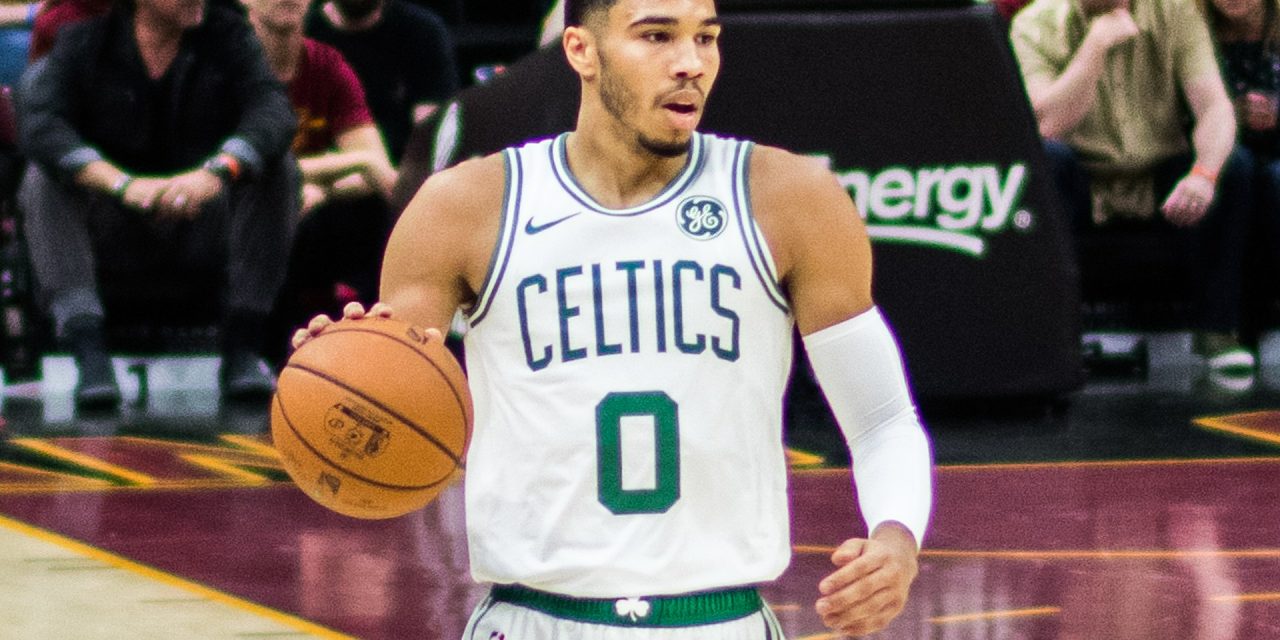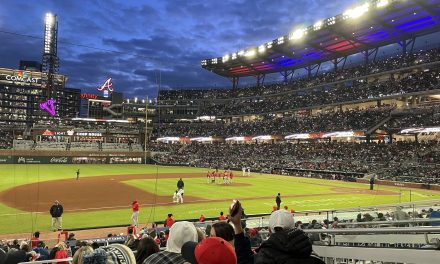After an extremely successful postseason amid the COVID-19 pandemic, the NBA decided to move forward with the 2021 season in a more traditional manner. Players, coaches and team personnel will no longer be isolated in a bubble, as the NBA felt that it was necessary to relieve involved parties of mandatory restrictions. However, the risks of normalcy are now coming to fruition.
Three weeks before the season began, the league put out a 158-page memo outlining numerous guidelines, restrictions, protocols and potential punishments in order to protect teams and the season as a whole. For example, if a player tests positive or is exposed to a positive case, they are required to go through appropriate quarantining and testing before returning to any team facilities.
Players’ lives beyond the game are also severely restricted by the NBA’s protocols. Players are not allowed at clubs, lounges or bars. There is also a maximum of 45 people allowed per team trip, forcing players to be separated from their families and friends while on the road.
If protocols are violated, players could be removed from team activities and placed into health and safety protocol processes. If found guilty of breaking the rules, players could also lose their salary from missed games. However, many of these rules have flaws and are open to interpretation which produces severe problems in league contact tracing policies.
What the NBA deems as a close contact is very unclear. For example, on Jan. 9, Boston Celtics forward Jayson Tatum tested positive for COVID-19, and the NBA ruled Washington Wizards guard Bradley Beal a close contact because they spoke after the game the night before. However, on Jan. 8, Memphis Grizzlies center Jonas Valančiūnas was matched up against now-former Brooklyn Net Jarret Allen. Valančiūnas was pulled mid-game after he was listed as a close contact from an earlier matchup against a Philadelphia 76er who tested positive. The NBA, though, did not stop play and take out Allen, who Valančiūnas had been guarding, sweating on and within inches of.

Boston Celtics forward Jayson Tatum surveys the court in a match in 2018. Tatum tested positive for COVID-19 this season. (Wikimedia Commons/Erik Drost)
The disconnect between the two actions seems illogical. As a result of the poor contact tracing techniques, the league has already had to postpone 22 games this season. That number does not include games that teams had to play with only seven available players.
In an effort to combat the outbreak, the league enacted stricter protocols. New rules include the restriction of non-team guests in hotel rooms and that players are prohibited from leaving their team’s hotel.
However, the majority of the new rules seem useless and restrict players for no valid reason. Among other new provisions, these rules prevent players from shaking hands with opposing team’s players before or after the game, shorten pregame locker room meetings and assign seats on the team airplane to align with the seat a person sat on the bench of the game. Even though players are in close contact during the game, these rules are still set in place.
Oklahoma City Thunder veteran guard George Hill stated it best when commenting on the NBA’s new protocols.
“We wanna play the game,” Hill said. “That’s what we love to do. At the same time, maybe we should reevaluate what we are doing. I just don’t understand some of these rules. We can sweat next to guys for 48 minutes but can’t talk to them afterwards? It makes no sense.”
The league is trying to limit exposure within teams and yet every single day players are indoors, without masks and playing a physical contact sport.
These new efforts do not address the underlying issue — the league’s contact tracing policy. The NBA is ignoring the fact that most players are exposed to the virus in one form or another on the court. The Centers for Disease Control and Prevention states a number of ways in which a person can be exposed, plenty of which are violated and ignored by the NBA. One of the ways is direct contact, which occurs at all times in a game. Another is the respiratory droplets of a COVID-positive individual landing on someone else. With sweating and heavy breathing, along with close proximity, this is bound to happen in every game. And the last ignored exposure rule is someone is considered a close contact to COVID-19 if they were within six feet of another who has the virus for more than 15 minutes (a regulation NBA game is 48 minutes).
The obvious remedy to the NBA’s ongoing outbreaks should start with banning fans who are free to do anything outside of the arena, not with limiting the players’ relationships. Considering the lack of effective techniques used to limit outbreaks, do not be surprised if the 2020-21 NBA season also gets postponed. If the season is called off, let’s hope it is for a short quarantine period to get all of the players healthy before resuming the season.





